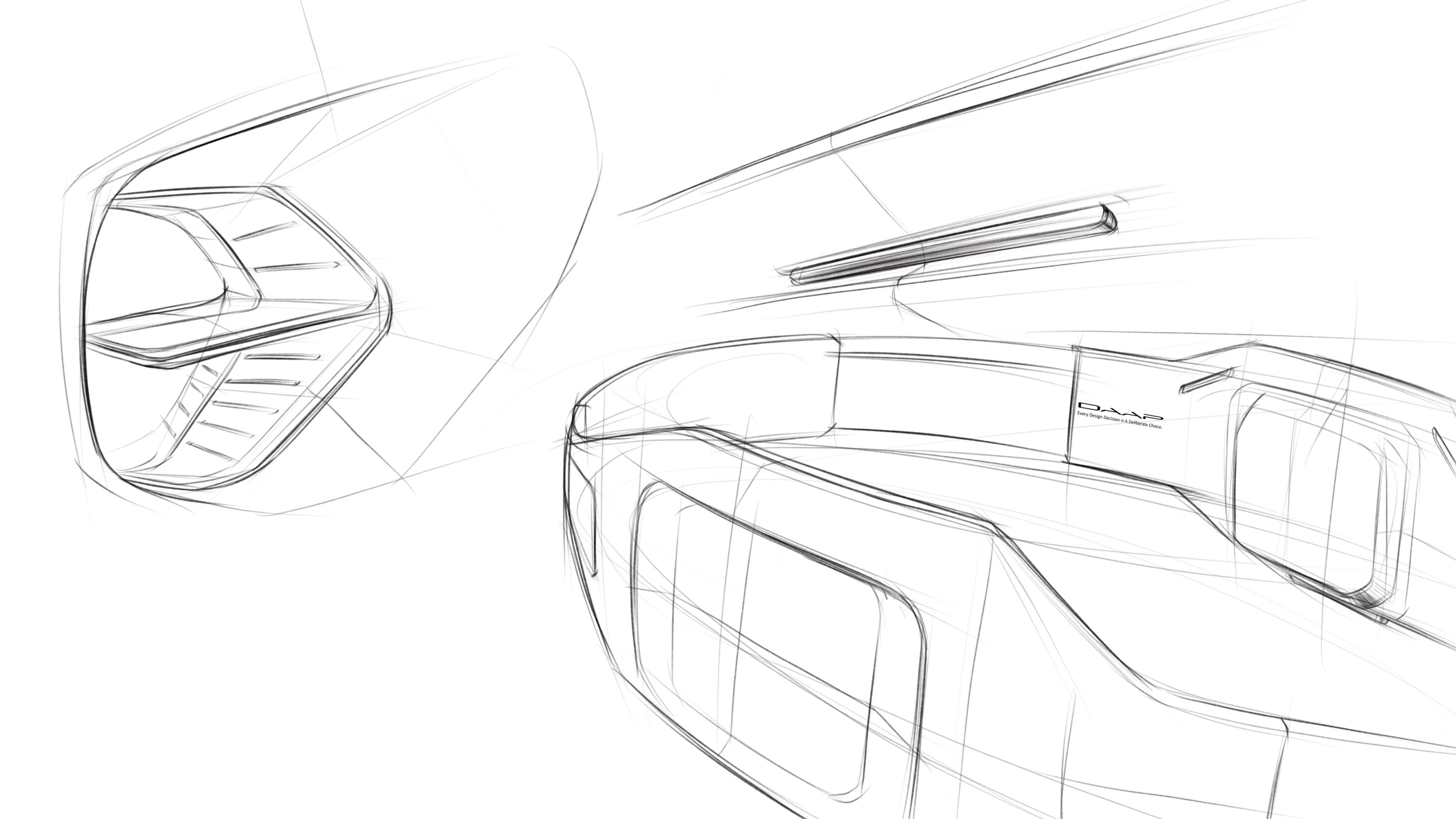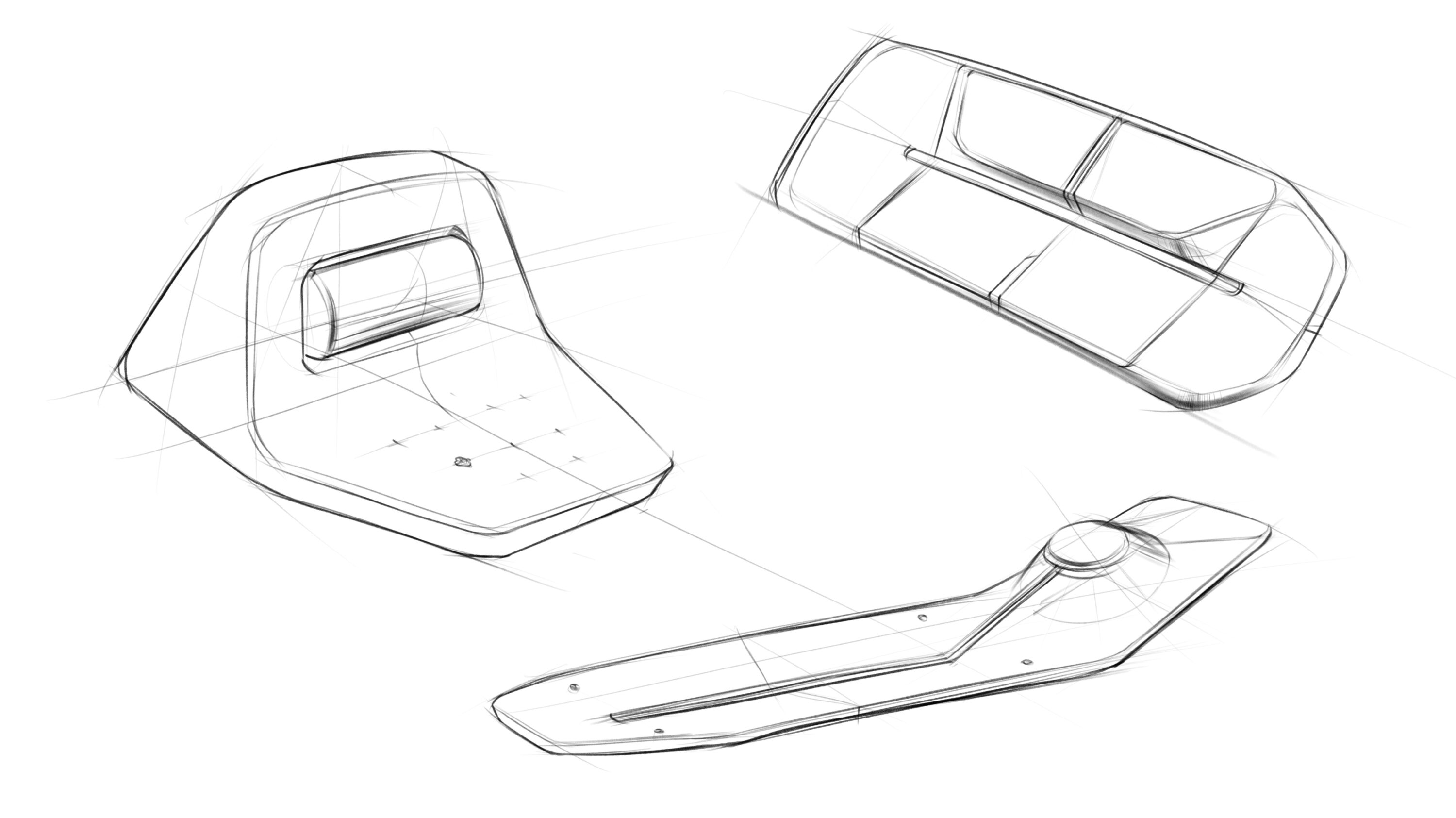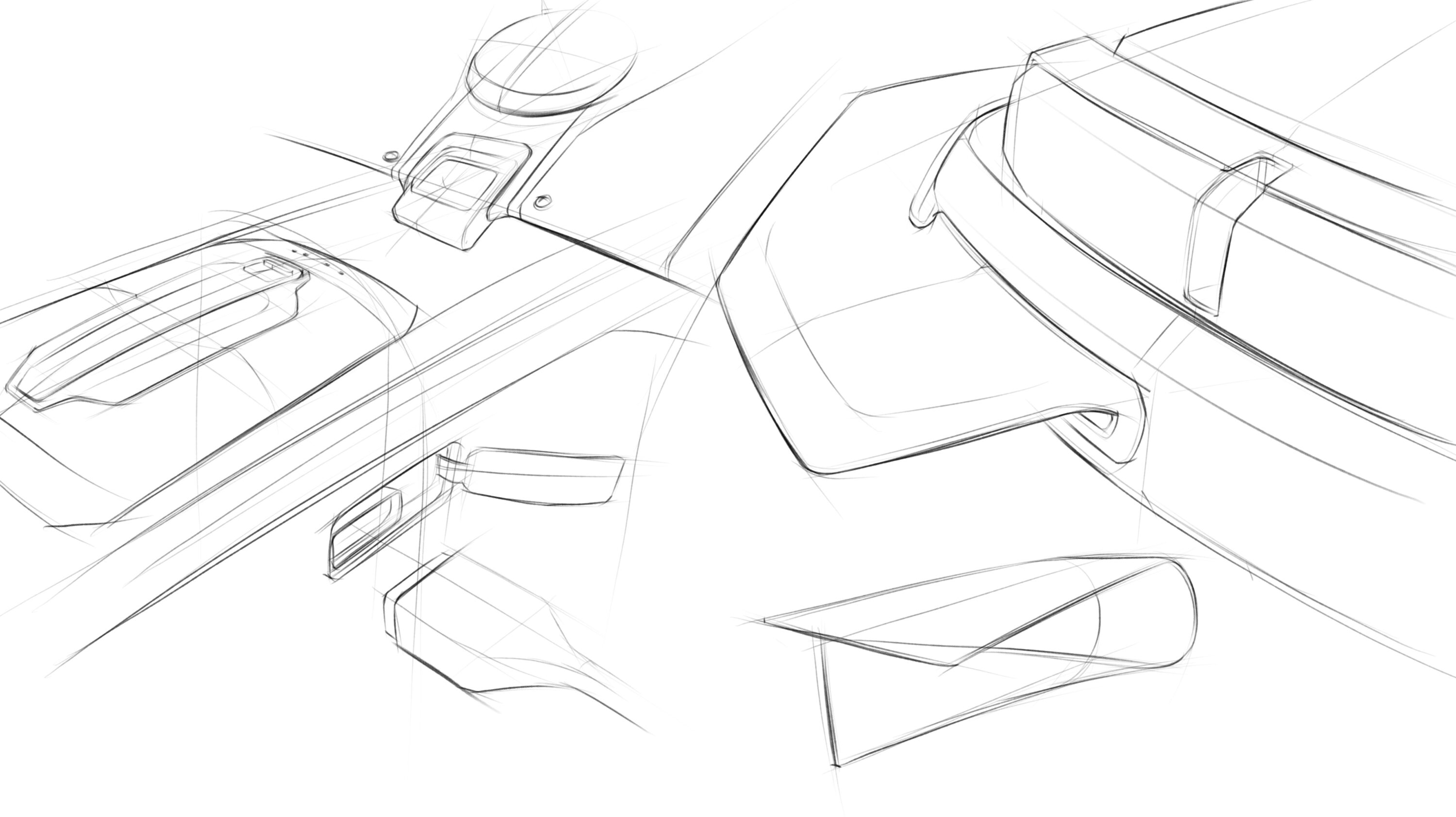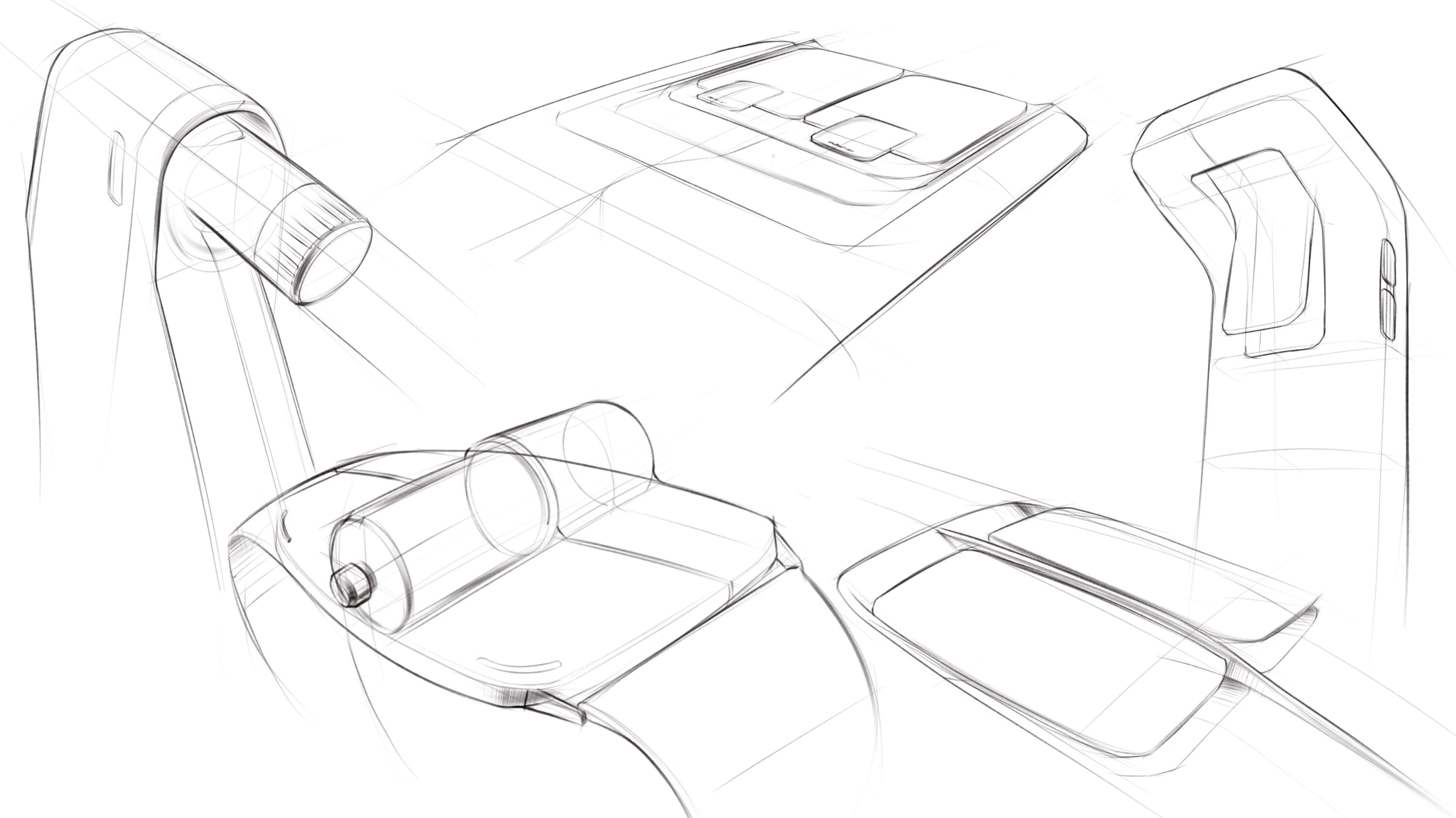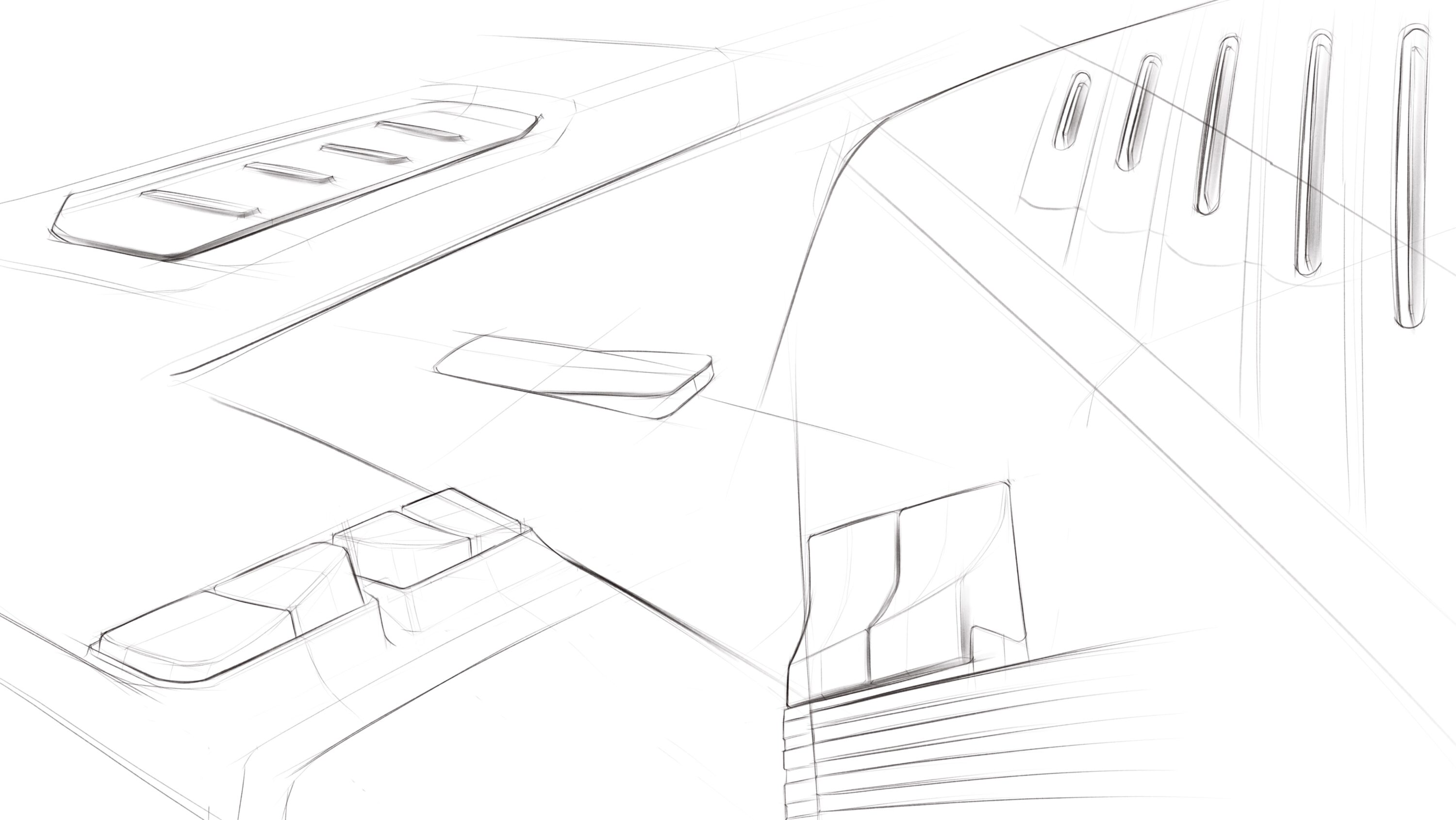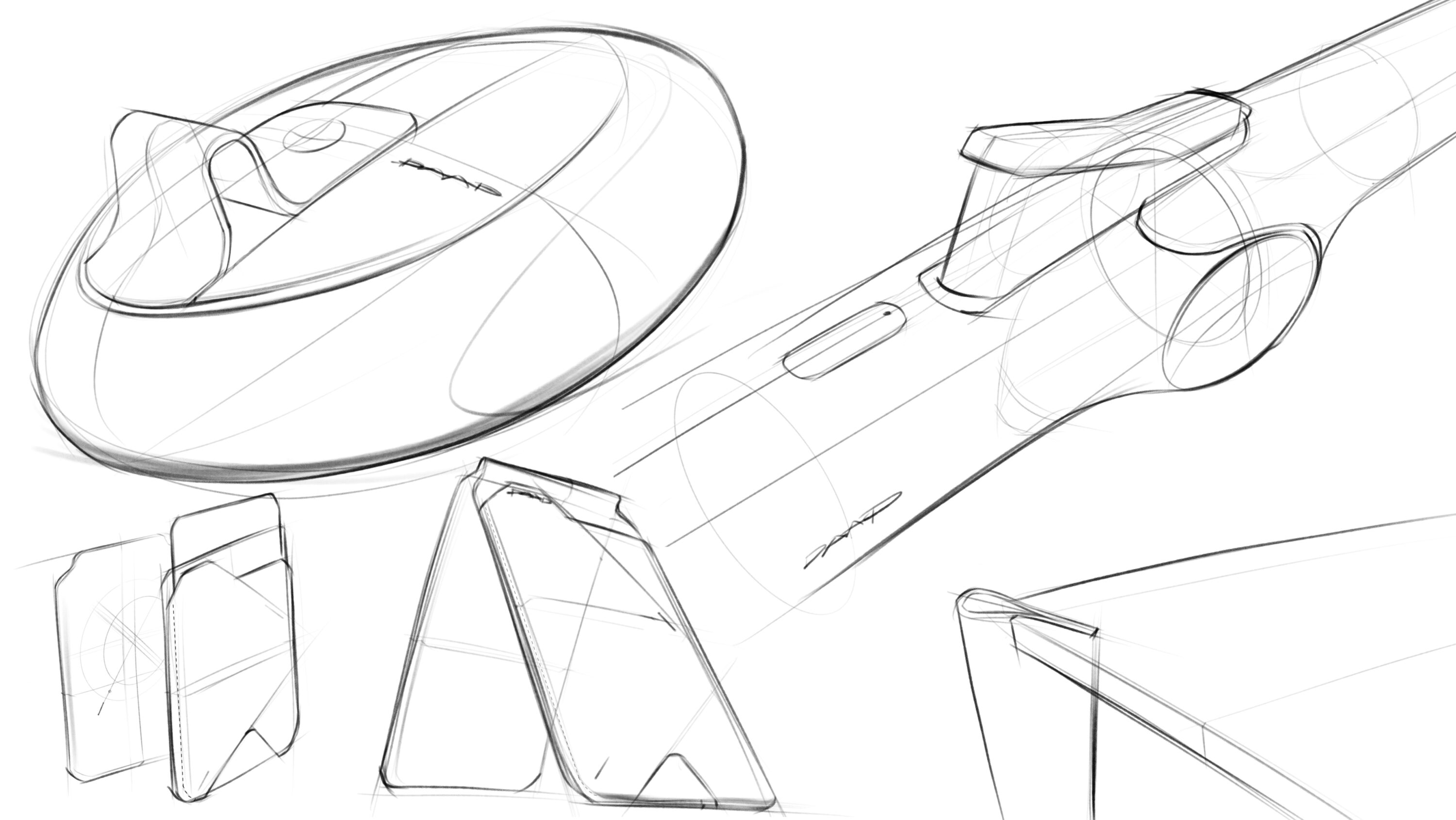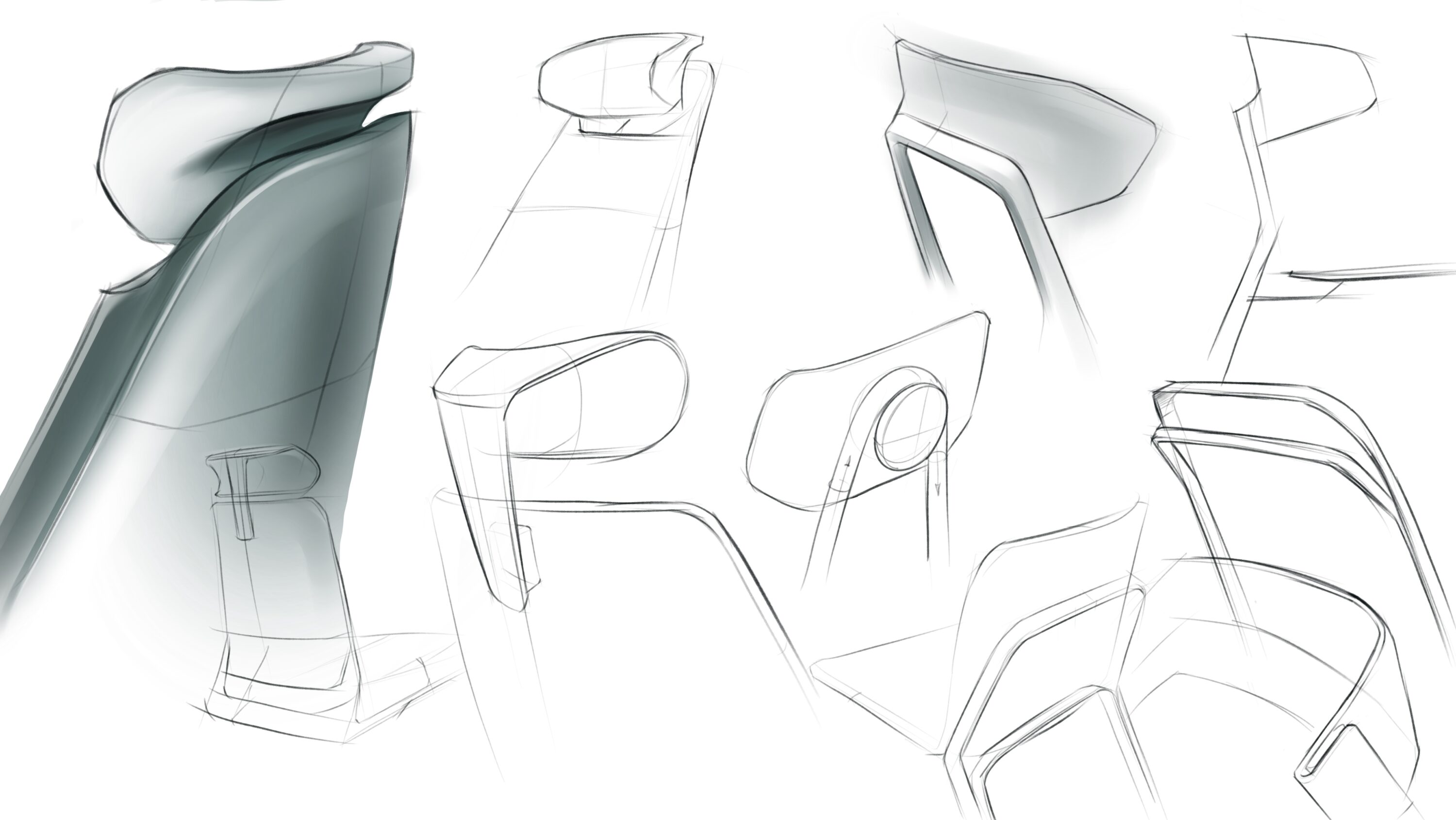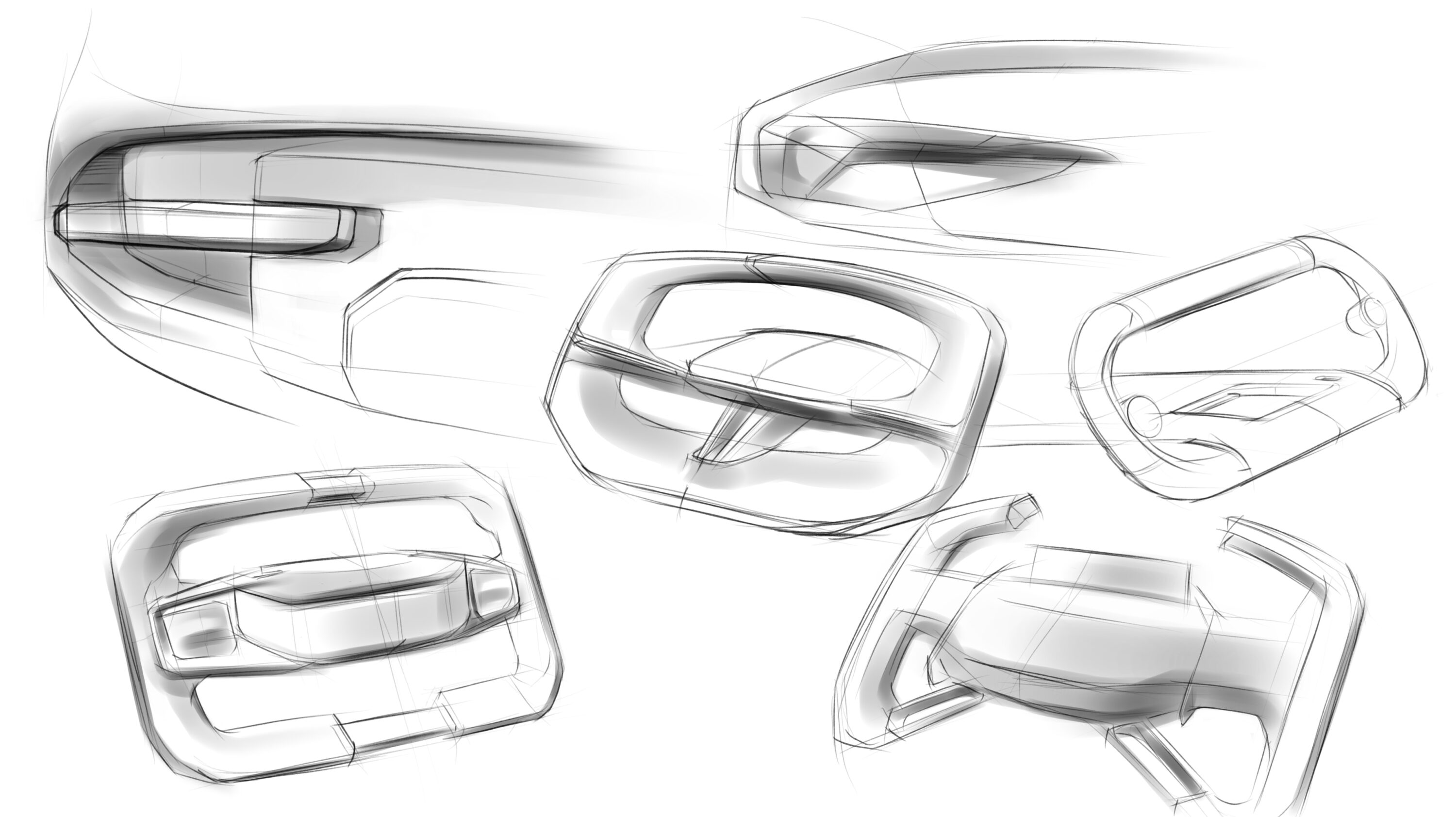4-Step Practice
There’s a very thin wall between primitive and simplicity
Train Your Eyes to See Details and Subtlety
Every Stroke in Sketching Carries Emotion.
Every stroke carries emotion, because it reflects more than just form or proportion—it reveals intent, confidence, rhythm, and energy.
Step 1 - Line Quality Practice
Small and Mighty
Every line is a decision. The way you draw it—light, heavy, loose, or tight—tells me what you feel about that part of the form. Line quality (pressure, speed, direction) communicates the sketcher’s emotional state—hesitation, clarity, boldness, uncertainty.
All Design Choices Must Be Executed
with Grace and Ease!
Two objectives: 1.Take Visual Notes. 2. Line quality practice.
Process: Choose product reference images with close-up details. Apply analytical skills to construct the object from different viewpoints. Draw at a larger scale, focus on line quality, and train your eyes to capture fine details as you sketch.
If there are stitch lines, push-outs, recesses, or tiny cutouts for assembly, train yourself to notice them and express them ACCURATELY and GRACEFULLY on paper. Just as you remove fillers from speech to sound more articulate, refining the line quality in sketching create more expressive and confident drawings.
